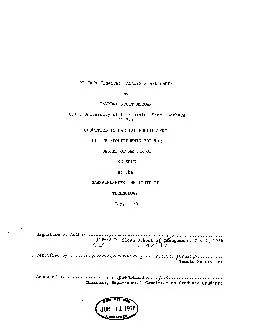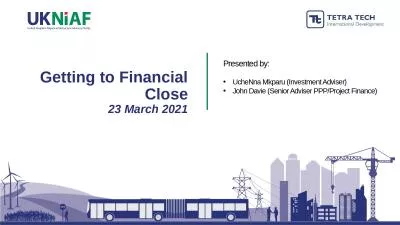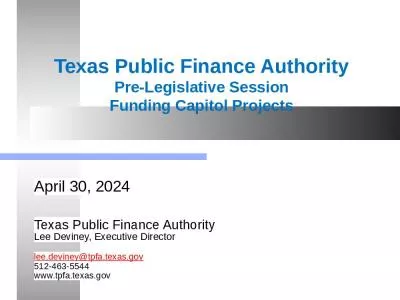PPT-Project Finance – Structuring Debt
Author : cadie | Published Date : 2022-06-18
Introduction to Some Issues Covered in the Course Using a case study evaluate 1 bullet payments balloon payments and miniperms 2 partial exposure to floating rates
Presentation Embed Code
Download Presentation
Download Presentation The PPT/PDF document "Project Finance – Structuring Debt" is the property of its rightful owner. Permission is granted to download and print the materials on this website for personal, non-commercial use only, and to display it on your personal computer provided you do not modify the materials and that you retain all copyright notices contained in the materials. By downloading content from our website, you accept the terms of this agreement.
Project Finance – Structuring Debt: Transcript
Download Rules Of Document
"Project Finance – Structuring Debt"The content belongs to its owner. You may download and print it for personal use, without modification, and keep all copyright notices. By downloading, you agree to these terms.
Related Documents














